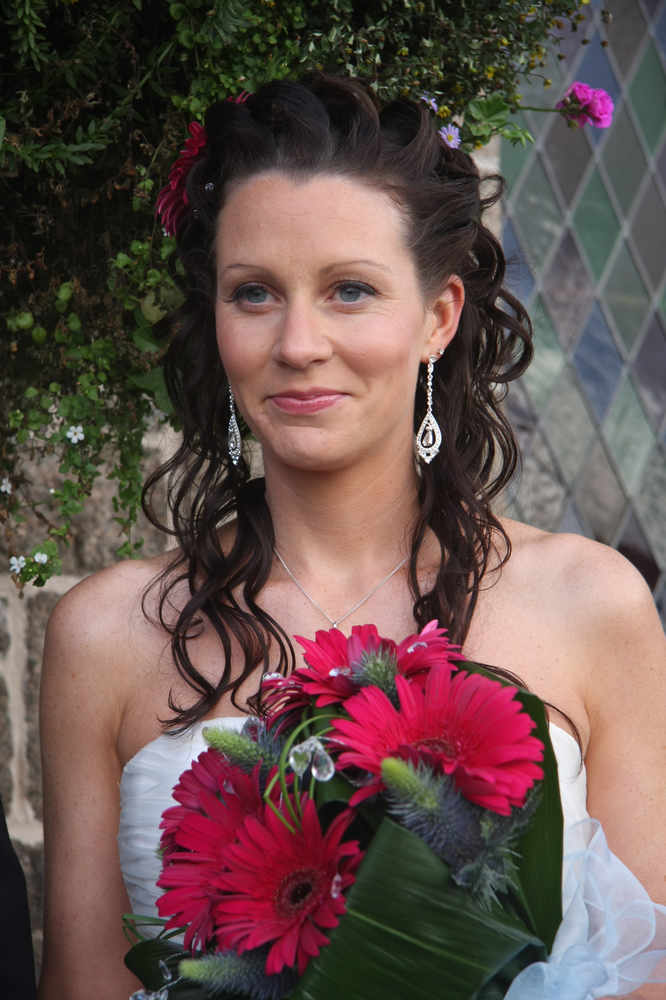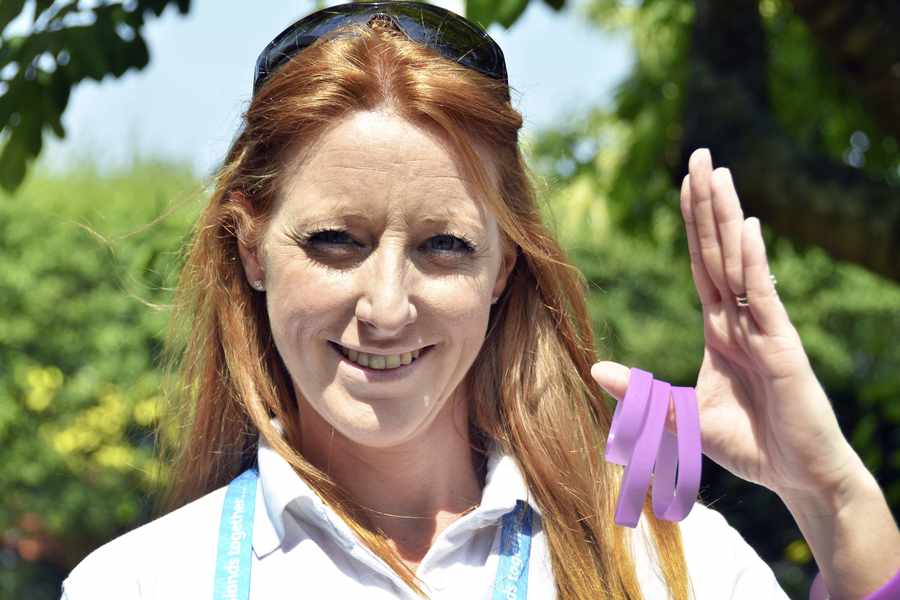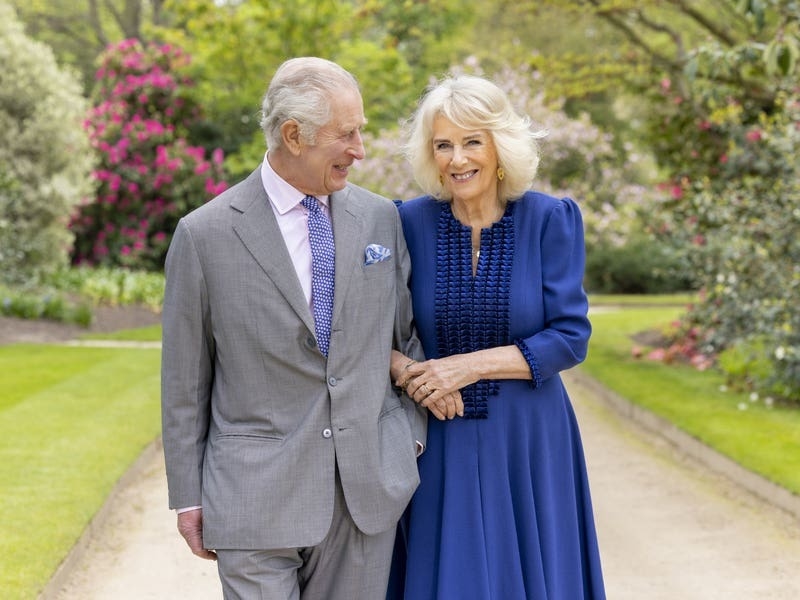- Charity handing out UV writstbands at Island Games events
- The bands get darker when the sun is stronger
- Donna Annand Melanoma Charity aims to educate Islanders on skin cancer
- Find out more about the charity’s work below
WRISTBANDS that turn purple in the sun are being handed out during the NatWest Island Games by a charity which is trying to reduce Jersey’s high skin cancer rates.
UV wristbands – which are white when worn indoors but turn a darker purple colour depending on the UV level – as well as suncream are being given out by volunteers from the Donna Annand Melanoma Charity to spectators during the week-long event.
The charity, which was set up in memory of Islander Donna Annand, who died aged 29 from malignant melanoma cancer in 2011, has already given 450 bands to Games Makers and it says it will also hand out another 4,000 to spectators.
Jenna Le Cornu: Great idea!
Hannah Whelan: These are great. We are off to Gran Canaria in two weeks and would like to get my girls one each.
Stephen Beauregard: What a great idea and well done to the volunteers.
Penny Rowe-Downes: Fantastic idea!
With temperatures soaring to more than 30°C this week and the UV index hitting eight – the highest it can reach in Jersey – the charity has been attending as many sporting events as possible with their mascot Alan the Mole.
Kerry Petulla from the charity said that the Games was the first major event that they had attended, but that they hoped to help out at more in the future.
She added: ‘We’re really pleased with how everything is going.
‘We wanted to do what we could to support the Games and give something back to Jersey, as people have been so supportive of the charity.
‘The bands are really good at reminding people to put on suncream.
‘The UV activates a pigment in the band and turns it purple.
‘The darker the purple, the higher the UV.’
Meanwhile, it is expected that the charity will go through 45 500 ml bottles of factor 50 suncream during the week.
Jersey has the highest skin cancer rate in Britain, with an average of 39 cases of malignant melanoma – the most serious form of the disease – diagnosed annually, compared with an average of 22.4 per 100,000 people in England.
What is Malignant Melanoma? (information from the Donna Annand Melanoma Charity website)
- Malignant melanoma is a form of skin cancer which affects the pigment producing cells (melanocytes), and often appears as a new or changing mole.
- The cause is not fully understood, although repeated exposure to high intensity sunshine is the major contributing factor.
- Ultraviolet rays within the sunlight are known to cause skin cancers. UVB is responsible for burning the skin and is strongly associated with the development of Malignant Melanoma.
- The number of reported malignant melanomas has risen sharply in recent years (80% in ten years) and this form of skin cancer is a significant health problem.
- If treated whilst in the earliest stages of development, malignant melanoma is often curable, but if left will spread to other areas of the body (metastasise) when it may prove more difficult to treat.
- It is vital that malignant melanoma is recognised and treated without delay.
- The white population is most at risk of developing malignant melanoma, though those most vulnerable are the fairer skinned.
- People and families with many moles are at greater risk.
- Malignant melanoma seems to be twice as common in women and frequently appears on lower limbs though can occur anywhere on the body.
- The most common site for malignant melanoma in men is the back.
- Childhood sun exposure has been identified as an important factor in the development of malignant melanoma in younger adults.
- It is important to check your skin and moles regularly, every 6-12 months.
Become familiar with all your moles
- There are three major signs of malignant melanoma all of which relates to change in character, change in size, change in shape and change in colour.
- Other suspicious signs are change in sensation, inflammation (redness) and bleeding (does the mole bleed spontaneously or when knocked, does it ooze or crust)?
- All suspected malignant melanomas of the skin are treated with surgery, which involves removing the complete tumour with an area of surrounding skin. This may be all the treatment required. Following removal and examination of the tumour, a wider excision may be required.

- Donna Annand passed away on 18 February 2011 following a long and brave battle against Stage IV malignant melanoma.
- Donna’s wish was that this disease be highlighted to allow the early detection and treatment of melanoma to improve people’s chances of survival. She wanted people to be aware of the dangers of melanoma and that early detection of the disease is key.
- The Donna Annand Melanoma Charity was formed in June 2011 to highlight the dangers of malignant melanoma and raise awareness of the disease following Donna’s death in February that year.
- The charity was officially formed in June 2011.
- The aim of the charity is to educate people of the dangers of malignant melanoma.

IN May 2014, a record number of doctors joined the fight to help Jersey lose its reputation as the skin cancer capital of Britain.
The medics gave up their free time to examine hundreds of Islanders who attended a free clinic run by the Donna Annand Melanoma
Charity – an organisation which had already potentially saved the lives of 30 people after its volunteers detected suspect moles at previous
sessions.
Figures released in January 2014 showed that Jersey had become the skin cancer capital of Britain with more cases of the disease in the Island than any other part of Britain.
The figures found that there are an average of 39 cases of malignant melanoma – the most serious form of the disease – diagnosed annually, compared to an average of 22.4 per 100,000 people in England.
The charity’s first mole clinic was held at Le Braye beach in St Ouen’s Bay in August 2012 and was attended by an estimated 460 people






